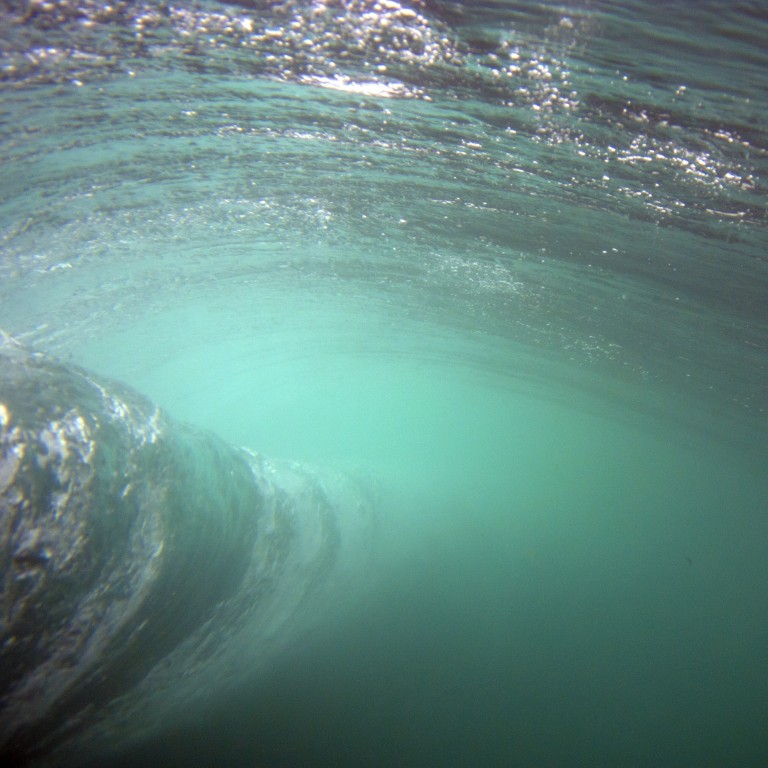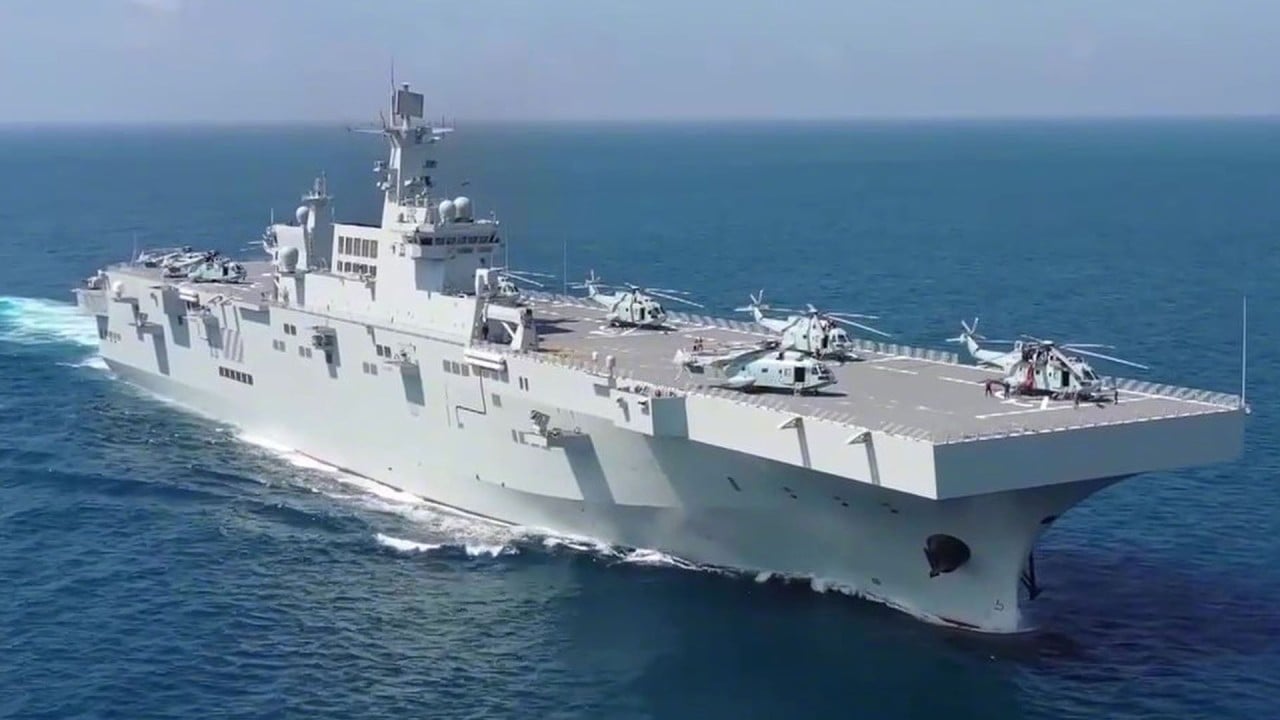
Changing Taiwan ocean conditions could affect PLA’s submarines
- Chinese military scientists have spent over a decade studying the condition of the Kuroshio Current, or black stream, off the island’s east coast
- Recent changes to ocean temperatures will have an impact on the stream, which could prove a key battlefield in the event of a mainland invasion
The Chinese military has been warned that changes to the currents and temperatures off Taiwan’s east coast mean it will have to adapt its submarine warfare plans in the event of an invasion.
A recent report posted on the South China Sea Wave, an anonymous social media account dedicated to military analysis, said the changes to the conditions in the Kuroshio Current – also known as the black stream – could hamper any attempted invasion by mainland China, but also offered new attacking opportunities.
The eastern side of the island is harder to attack from the mainland and is the site of many major Taiwanese military bases – making it key to the PLA’s invasion plans.
China regards the island as a breakaway province and has never renounced the use of force to bring it under Beijing’s control. In recent years the PLA has stepped up its activity in the skies and waters around Taiwan, including more exercises along its east coast, as part of its efforts to step up the pressure.
Xi vows to crush attempts to thwart ‘complete reunification’ with Taiwan
The Kuroshio Current is a warm ocean current that originates off the Philippine island of Luzon and flows towards mainland Japan in a similar fashion to the Atlantic Gulf Stream.
The South China Sea Wave report said increasing volcanic activity on the ocean floor near Okinawa had led to changes in the water temperature off the east coast of Taiwan, which in turn has had an effect on the currents.
The report said these changes could help submarines to conduct offensive operations, but if they came under attack and tried to escape back to the Chinese mainland, it would be harder to escape because they would be running against the current.
The report also said that eddies and reverse flows would affect the course of torpedoes fired under water and could see them missing their targets without adjustments being made.
Collin Koh, a research fellow with the S Rajaratnam School of International Studies at Nanyang Technological University in Singapore, said the PLA Navy Submarines Academy had spent more than a decade studying the impact of the Kuroshio Current on submarine operations.

“The PLA Navy will expect submarines to put into effect [the mainland’s] counter-intervention strategy against American and allied forces in a Taiwan contingency,” he said.
“The subs, of course, will also play a vital role in the blockade against Taiwan in a bid to cut off external aid, trade and commerce with the aim of slowly strangulating Taipei into submission.”
Lu Li-shih, a former instructor at Taiwan’s Naval Academy in Kaohsiung, said: “The east coast of Taiwan will become the key battlefield if a Taiwan contingency [an attack from the mainland] happens.”
He added that the Taiwanese navy has a base on the northeast coast of the island at Suao which houses its 168th Fleet, including its anti-submarine Knox-class frigates, and the area hosts an annual Taiwanese training exercise.
“The PLA has conducted submarine drills in waters near the east coast of Taiwan, where the mean depth is over 1,000 metres,” Lu continued.
In the 1970s, the then Kuomintang administration realised its defences on the west coast of Taiwan Strait that face the Chinese mainland were vulnerable to attack due to the shallow waters in the area and shifted key bases to the east – which are easier to defend.
Japanese warning to ‘wake up’ to protect Taiwan hits a nerve in Beijing
Along with naval bases, they include the air force command centre at Chi Hang Air Base, which has extensive hangars built into a mountain side.
In April, PLA navy announced the Liaoning carrier strike group had conducted “combat drills” in the east coast of Taiwan, and claimed that this kind of training would become a regular event in the future.
Macau-based military analyst Antony Wong Tong said the presence of three types of advanced warship – a Type 094A nuclear submarine, Type 075 amphibious assault ship and Type 055 destroyer – at an event in April to celebrate the PLA Navy’s anniversary offered a hint at the formation an amphibious strike group attacking eastern Taiwan would take.
“Both the Type 075 and Type 055 are US warship copycats, while the addition of the Type 094A sub will make the amphibious strike group more powerful,” Wong said.

01:50
China’s most advanced amphibious assault ship likely to be deployed in disputed South China Sea
“The calculation that the US would intervene in a cross strait war is the key reason behind the formation of the powerful amphibious strike group … Well, the only place the PLA marines could land and the huge ships could operate is the east coast because of its water depth.”
To prepare for a possible war, Lu said the mainland Chinese, US and Taiwanese had all sent ships to carry out a hydrological survey off the east coast of Taiwan.
Water pressure, depth, temperature, currents, salinity and other hypnological phenomena will all affect ships’ sonar systems.
Koh said Taiwanese military had spent decades practising anti-submarine warfare, with the help of US technology, but the rapid development of the PLA’s naval strength in recent decades poses fresh challenges.
“The [Taiwanese] navy’s tiny submarine force is ageing … and the PLA Navy definitely enjoys a yawning quantitative advantage in the subs it can deploy,” he said. “These developments definitely pose a clear challenge to [Taiwan’s] undersea warfare capability.”

